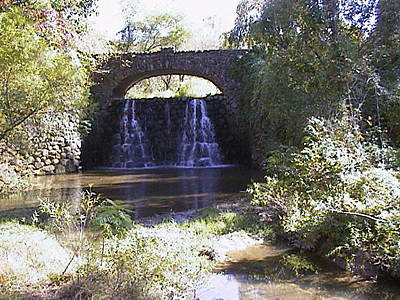| 1. | Introduction |
| 2. | The Assignment |
| 3. | The Tools |
| 4. | The Process |
| 5. | The Purpose |
| 6. | Reflections |
| Discussion Forum |
![]()
Acadia/Wake Forest University Writing Project:
Composition, Collaboration, and Computers
Anne
Boyle, Wake Forest University
Patricia Rigg, Acadia
University
Abstract
In this article, we describe and assess the first collaborative writing
project set up between students at Wake Forest and Acadia Universities.
The project was designed to study the value of peer review in a situation
where students could only rely on the written word to establish a relationship
and become helpful and critical readers of one another's texts. We were
also interested in introducing students to true collaborative writing
practices, rather than group "cut and paste" patchwork assignments. After
assessing this project, we were inspired to develop more sophisticated,
research-based assignments that we continue to use and refine.
1. Introduction
Having met
at a conference called, "Computers and the Classroom: A New Pedagogy,"
Patricia Rigg, an Assistant Professor of English at Acadia University,
and I realized we shared more than the accident of teaching at two universities
that require students to own their own laptops; we shared many ideas about
the teaching of composition. Amidst much discussion about the use of technology
in the classroom, we both strove to consider what makes students become
better writers. We questioned if and how computer technology could be
used to teach our students how to think critically, how to write with
a greater sense of audience, purpose, and precision, and how to work collaboratively
(as many of them will in their professional lives).
During the summer, we kept in contact, e-mailing one another our syllabi (Boyle's & Rigg's) and our ideas about how we might design a project that would allow our students to be peer editors of each other's works and then publish those works on a Web page. The result of our own collaboration was that, during the fall of 1997, two sections of students enrolled in Wake Forest's Writing Seminar were engaged in a writing project with students from Acadia University, in Nova Scotia. The project, described below, allowed our students to practice collaborative writing and peer editing while they reflected upon both the process and the new technologies of writing.
![]()

